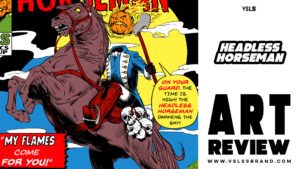
Headless Horseman
“Headless Horseman: Fire, Vengeance, and Vintage Comic Vibes” Picture this: a foggy night, full moon
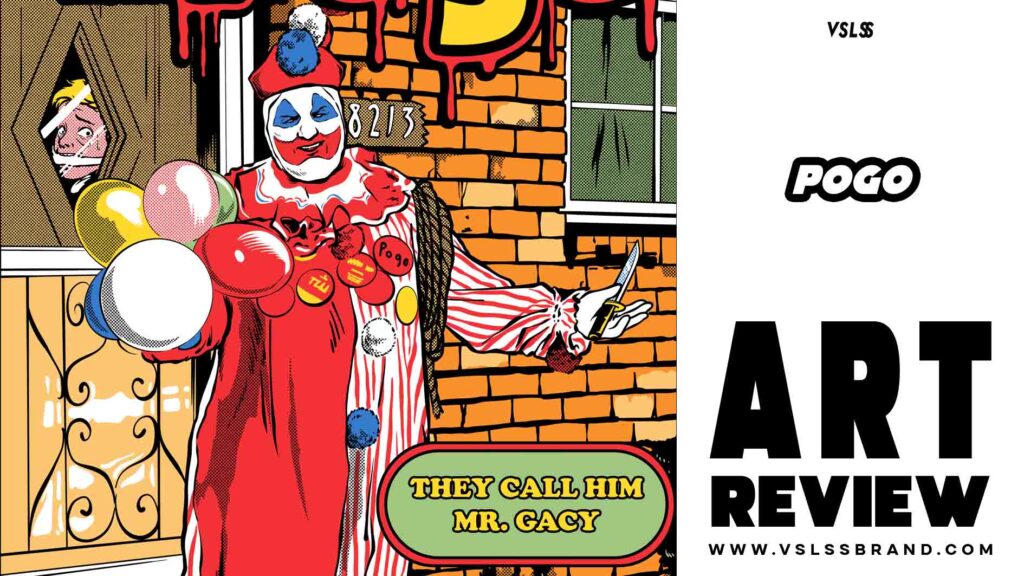

“Headless Horseman: Fire, Vengeance, and Vintage Comic Vibes” Picture this: a foggy night, full moon
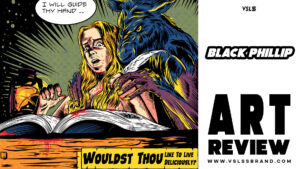
This artwork is titled Black Phillip, and it draws from The Witch, wrapped in a

This artwork is titled Smoke Signal, and it tells a unique story from back in
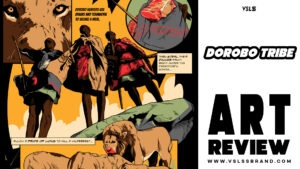
This artwork tells the real-life story of the Dorobo tribe from East Africa—hunters who don’t

The artwork titled Hide & Seek isn’t about a fun childhood game—it’s about survival at
In an ordinary house numbered 8213, a figure hides unspeakable terror behind a false smile. He is Pogo the Killer Clown, a dark legend in the world of crime — John Wayne Gacy. Dressed in colorful clown attire and holding bright balloons, he seems like a figure inviting laughter and joy. But behind that mask lies a horrifying intent: a knife clenched tightly in his right hand, a symbol of unimaginable cruelty.
Behind the door of his home, a man appears terrified, trapped behind the bars of fear and darkness. He is a victim, a soul caught in the labyrinth of Gacy’s evil. Meanwhile, Pogo stands calm yet menacing, reminding us that evil can hide behind the most cheerful of faces.
This image does more than tell the story of a serial killer; it shows how appearances can deceive. The clown, usually a symbol of joy and entertainment, becomes a symbol of fear and death in Gacy’s story.
Philosophically, the image explores themes of:
This narrative reminds us not to judge by appearances alone, and that hidden in darkness is a danger ready to destroy everything.

“Headless Horseman: Fire, Vengeance, and Vintage Comic Vibes” Picture this: a foggy night, full moon overhead, and the thunder of
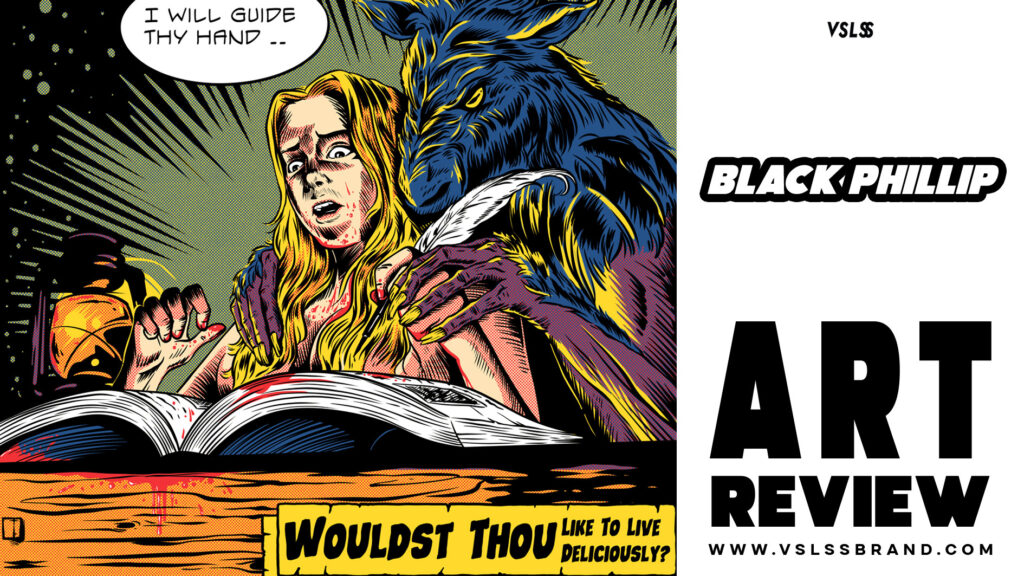
This artwork is titled Black Phillip, and it draws from The Witch, wrapped in a retro comic book style that’s

This artwork is titled Smoke Signal, and it tells a unique story from back in the day—when communication wasn’t as
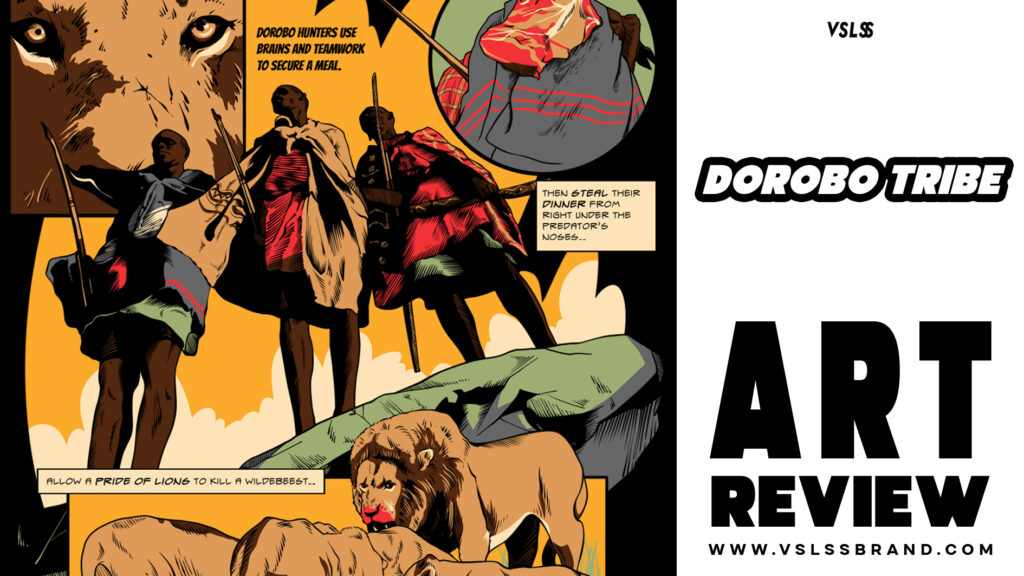
This artwork tells the real-life story of the Dorobo tribe from East Africa—hunters who don’t rely on brute strength, but
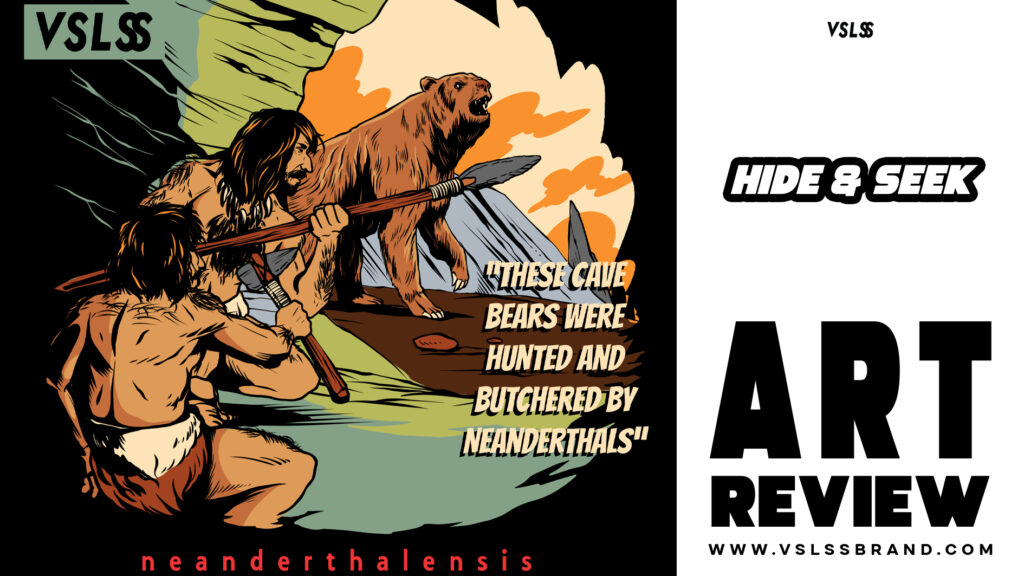
The artwork titled Hide & Seek isn’t about a fun childhood game—it’s about survival at its rawest. Back in the
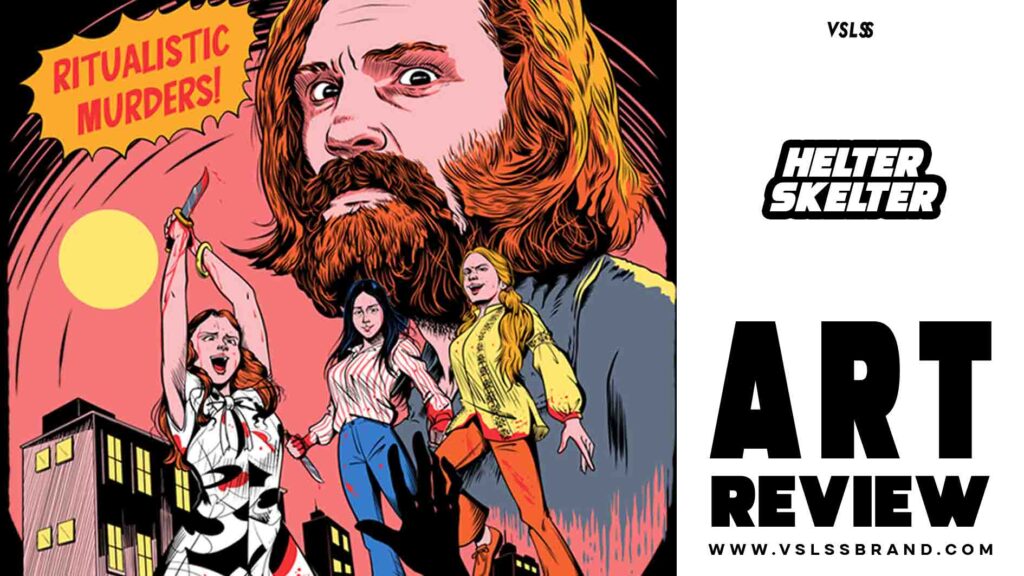
Under the eerie glow of a blood-red sky, a giant figure looms — his eyes wild, his presence inescapable. It

In an ordinary house numbered 8213, a figure hides unspeakable terror behind a false smile. He is Pogo the Killer
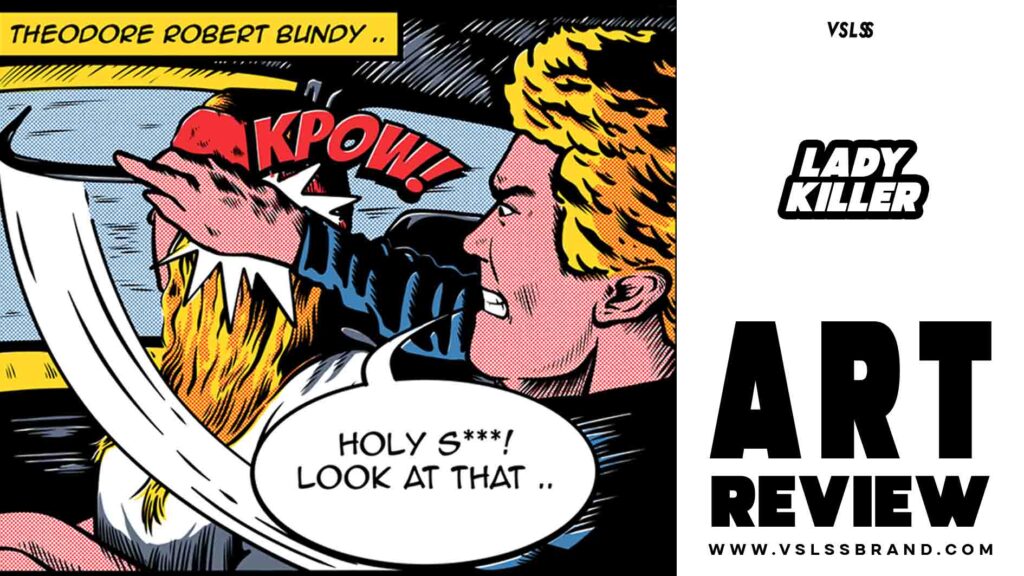
The “Lady Killer” is more than just a comic-style artwork — it’s a sharp social commentary that touches on media